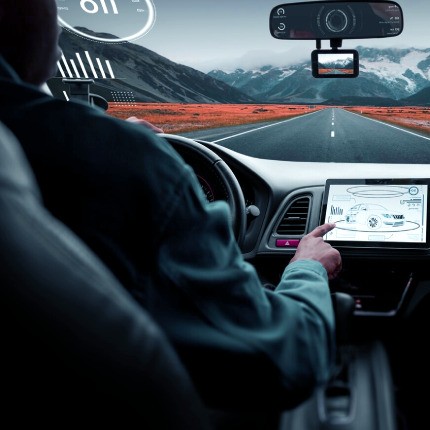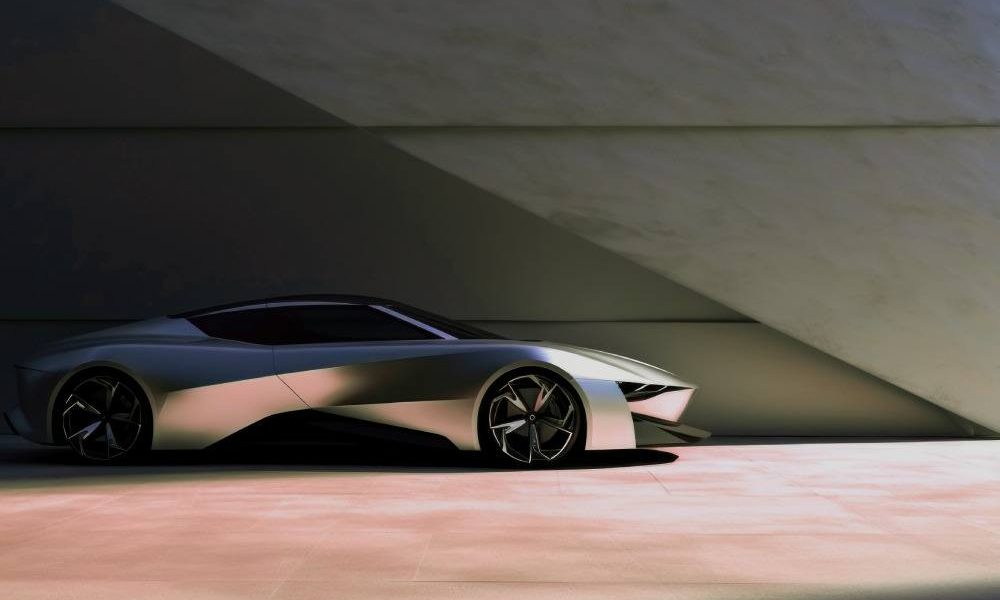Future cars are increasingly equipped with advanced sensors, many of which revolve around cutting-edge system technologies. In the ever-evolving landscape of automotive technology, the focus on safety has taken center stage.
These sensors, often integral parts of Advanced Driver Assistance Systems (ADAS), are designed to prevent crashes and enhance overall road safety.
From Forward Collision Warning (FCW) and Automatic Emergency Braking (AEB) to Lane Departure Warning (LDW) and Blind Spot Detection (BSD), these systems employ sophisticated algorithms and real-time data analysis in future cars.
In this article from LadyAutoBlog, we delve into the deep waters of these safety sensors, exploring the common technologies and the brands leading the charge in this transformative automotive landscape. Understanding these innovations is not just about embracing the latest trends; it’s about fostering a safer and more secure driving experience for all.
Advanced safety technologies in future cars
To achieve the highest level of safety, future cars employ the following protective technologies and features:
Forward collision warning (FCW)
One of the fundamental safety technologies, FCW, acts as a vigilant guardian on the road. When a potential frontal collision is detected, FCW promptly alerts the driver, providing valuable seconds to react and avoid a potential accident.
Automatic emergency braking (AEB)
Taking safety a step further, AEB goes beyond just alerting the driver. This technology automatically applies the brakes if a collision is imminent, acting as a proactive safety measure to mitigate or prevent accidents.
Lane departure warning (LDW)
LDW serves as a virtual guide in future cars, notifying the driver when the vehicle unintentionally drifts out of its lane. By reducing the risk of unintended lane departures, LDW contributes to overall road safety.
Blind spot detection (BSD)
BSD is a guardian angel for lane changes in future cars. This technology warns the driver of vehicles in the blind spot, ensuring safer transitions between lanes and minimizing the risk of side-impact collisions.
Rear-view cameras
Revolutionizing the way drivers navigate tight spaces, rear-view cameras provide a clear view of the area behind the vehicle in future cars. This aids in parking and reversing, reducing the likelihood of collisions with obstacles.
Parking sensors
Complementing rear-view cameras, parking sensors add an extra layer of safety in future cars. These sensors detect obstacles in the vehicle’s path when parking, alerting the driver and preventing potential collisions with surrounding objects.
Adaptive cruise control (ACC)
ACC introduces an intelligent dimension to traditional cruise control in future cars. By using sensors to monitor the distance to the vehicle ahead, ACC adjusts the vehicle’s speed to maintain a safe following distance, reducing the risk of rear-end collisions.
Leading brands and integration
Brands at the forefront of automotive innovation have embraced these advanced safety features, making them integral parts of their vehicle designs in future cars. Tesla, known for its electric vehicles, is a prominent example, integrating features like Autopilot, which includes adaptive cruise control and automatic lane-keeping.
Future cars in brands like Mercedes-Benz, BMW, and Audi are stalwarts in the luxury segment, consistently integrating cutting-edge safety technologies. Their vehicles often boast a suite of sensors, providing drivers with a comprehensive safety net on the road.
Considerations before purchasing future cars
While many car manufacturers incorporate these sensors into their models, the availability can vary based on the specific make and model, as well as the trim level.
It’s essential for prospective buyers to carefully examine the specifications and safety features of a particular vehicle before making a purchase. Features like ADAS are often available as optional extras or may be included in higher trim levels.
The integration of advanced sensors into modern vehicles marks a significant leap forward in automotive safety in future cars. These technologies, ranging from FCW and AEB to rear-view cameras and parking sensors, collectively contribute to creating a safer driving experience.
As brands like Tesla, Mercedes-Benz, BMW, and Audi continue to lead the way, the automotive industry is paving the road towards a future where crashes are not just mitigated but, in many cases, prevented altogether. For consumers, staying informed about the safety features of a vehicle is key to making choices that align with the paramount goal of a safer and more secure driving environment.
Our driving skills also matter
While cutting-edge automotive technologies undoubtedly enhance safety, it’s paramount not to solely rely on these advancements. A driver’s skill, attentiveness, and experience remain irreplaceable elements in ensuring road safety in future cars. Advanced Driver Assistance Systems (ADAS) are valuable allies, but they work most effectively when complemented by vigilant and responsible driving practices.
The human factor plays a crucial role in navigating unpredictable road scenarios in future cars. Maintaining focus, adhering to traffic rules, and anticipating potential risks contribute significantly to accident prevention. Even the most advanced safety features can’t substitute for the quick thinking and decision-making abilities of a skilled driver.
In our pursuit of a safer driving future, a harmonious blend of technology and individual driving skills emerges as the optimal approach. By staying informed, practicing defensive driving, and embracing new safety features as supportive tools, drivers can actively contribute to creating a safer road environment for everyone.

My name is Rebecca McCarthy and I am an American girl with British heritage residing in the beautiful city of Nashville, Tennessee. I have always had a keen interest in cars, particularly brand new ones that showcase the latest technology and design features. I am also passionate about travelling and experiencing new cultures, as well as enjoying hot summer days with friends and family.



